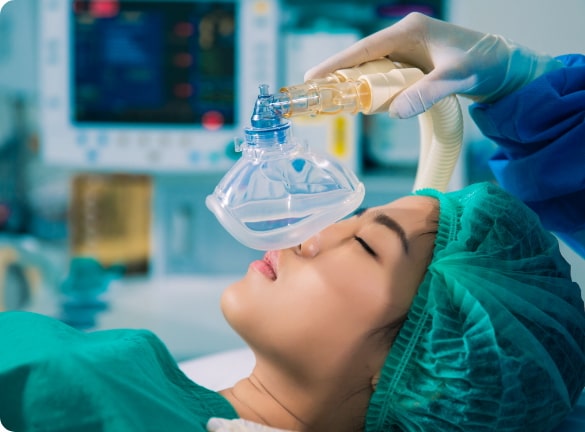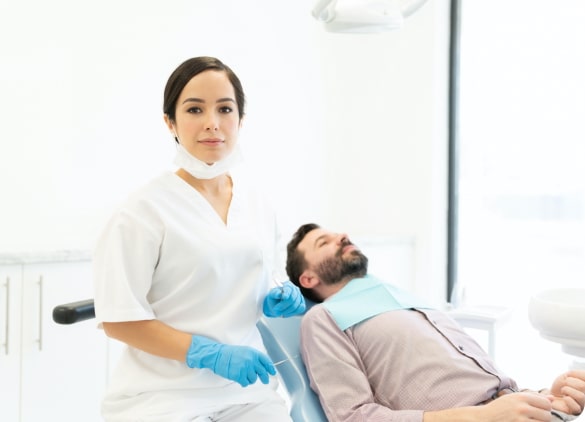Sedation Dentistry
Why Sedation Dentistry?
Statistic shows, that 30 percent of the population avoids the dentist due to fear. Some people are so nervous about going to the dentist that they prefer not to have any treatment. Anxiety prevents people from receiving necessary routine dental care, potentially compromising the health and functionality of their mouth and smile.
Anxiety prevents people from receiving necessary routine dental care, potentially compromising the health and functionality of their mouth and smile.
What is Sedation Dentistry?
Sedation dentistry uses medication to help patients relax during dental procedures. It creates such a comfortable experience that some of our patients do not even remember the visit; and some sleep through the treatment! It’s sometimes referred to as “sleep dentistry,” although that’s not entirely accurate. While some fall asleep, many don’t.
With sedation techniques that we use in our office, patients get relaxed and comfortable, while maintaining a level of consciousness for safety and cooperation.
We can use sedation for everything from major procedures to a simple cleaning. How it’s used depends on the severity of the fear.
Types of Sedation

Inhaled minimal sedation
You breathe nitrous oxide (otherwise known as “laughing gas” ) combined with oxygen through a mask that’s placed over your nose. The gas helps you relax. We can control the amount of sedation you receive, and the gas tends to wear off quickly. This is the only form of sedation where you may be able to drive yourself home after the procedure.

Oral sedation
Depending on the total dose given, oral sedation can range from minimal to moderate. For minimal sedation, you take a pill about an hour before the procedure. The pill will make you drowsy, although you’ll still be awake. A larger dose may be given to produce moderate sedation. This is the type of anesthesia most commonly associated with sedation dentistry. Some people become groggy enough from moderate oral sedation to actually fall asleep during the procedure. They usually can, though, be awakened with a gentle shake.
Regardless of which type of sedation you receive, you’ll always need a local anesthetic — numbing medication at the site where we are working in the mouth — to make sure you are comfortable during the procedure.
Appointment Request
Family Dentistry
of San Antonio
OFFICE HOURS
Mon: 10:30 AM – 07:00 PM
Tue: 08:30 AM – 05:00 PM
Wed: 07:30 AM – 03:30 PM
Thu: 08:30 AM – 05:00 PM
Fri: 07:30 AM – 02:00 PM
7072 Bandera Rd San Antonio
(210) 684-6822